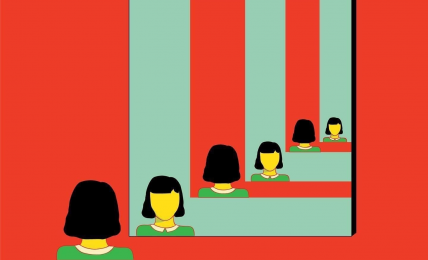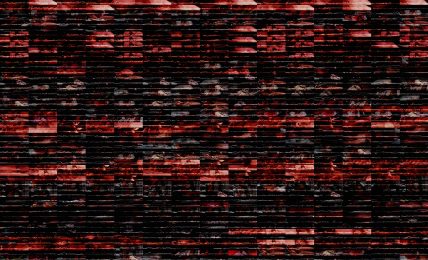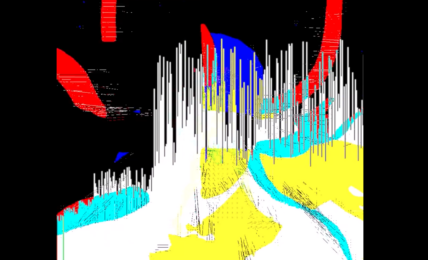Sounds are an increasingly prevalent form of digital art, which Julia Fairbrother strongly demonstrates through one of her most recent works, The Sounds That Divide Us (2020). The national anthems of the ten countries with the most COVID-19 cases are presented, creating a singular anthem that stands alone as its own unique and textured song. Digital distortion and static noise are introduced shortly thereafter to demonstrate Fairbrother’s message of increased data inaccuracy in COVID-19 case reports. When listening to this ominous yet mellow piece, I was clearly able to contextualize the drama and emotions of these rich sounds; while also understanding Fairbrother’s exploration of cross-national rhetorics. The Sounds That Divide Us takes the listener into a realm where visualization is not a necessity to understanding the global impacts of the recent pandemic.
As the severity of the pandemic across all countries was on a rapid incline, some countries pervasively battled the disease with similar tactics, while others took on different approaches to deal with the issue unconventionally. The purpose of The Sounds That Divide Us is to compare and contrast these struggles between nations. Fairbrother expresses how national anthems and data have often only been used for the purpose of “mobilizing militaries” and are often secluded to the nations in which they are derived. However, these anthems and data statistics that make up a country can also be used to unify people within a regime and can be utilized as tools that shape extremely nationalistic views. In contrast, the piece’s unrecognizable melody presents the opposition that national anthems can be perceived as empty and meaningless melodies. As the line between nationalist behavior and international cooperation remains undrawn, Fairborther ultimately questions our world’s cross-national relationships and the unification of countries while we undertake the same pandemic we all are susceptible to.
Fairborther’s piece begins dim and slow, but gradually captivates the listener by demonstrating more and more sounds of the represented anthems in an unrecognizable manner. As the volume of the combined anthem increases, the piece ultimately reflects the severity and rapid growth of the coronavirus and mortality rates in these countries. The tensions of the digitized noise and increasing volume create a cybernetic soundscape and present an audible representation of how the accelerated spread of this disease has led all countries down the same path of uncertainty and into a mode of heightened panic.
Fairbrother’s newest piece, I Hug my iPhone Goodnight, dismantles the viewers’ perspective on reliance upon communication technologies, which compliments the message delivered through The Sounds That Divide Us and the piece’s connection between digital culture and COVID-19. Her new image series plays with color, soft gestures, and digitally textural elements to convey the emotional beauty and tribulations of digitally navigating the absence of physical touch in isolation. Not only do Fairbrother’s two most recent pieces pertain to the impacts of COVID-19, but also they both juxtapose the emotions that arise from the extremes of this pandemic and highlight similarly interdependent themes.

Fairborther’s past work has focused on other socio-political issues in society, however, The Sounds That Divide Us was her first attempt at deciphering the societal conflicts that arise in the case of the current global pandemic. More specifically, her sound piece successfully juxtaposes the realities that COVID-19 has brought upon society through a digitized lense. As a listener of this piece, I was able to grasp the concern and tension that connects all countries in this pivotal time. Through this piece, I was able to feel how countries emphasize nationalism in a time of desperation, while also experiencing the contrasting desperation for unity among nations. Fairbrother’s piece truly places the listener in a realm of dejavu to relive the growing prevalence of coronavirus tracking, new societal regulations, and the fight to discover the cure to this pandemic. As our global society enters a new wave of the virus today, the unifying anthem of The Sounds That Divide Us continues to represent a greater message that needs to be heard by all.
Check out Julia Fairbrother’s The Sounds That Divide Us.
:::

Art Curator and Editor Ellie Holdsworth is a junior majoring in Global Studies with a concentration in Politics/Government and double minoring in Entrepreneurship and Visual Arts at the University of Richmond. She has always had a passion for art and design and enjoys teaching herself how to create digital art on both Adobe Photoshop and Procreate.



